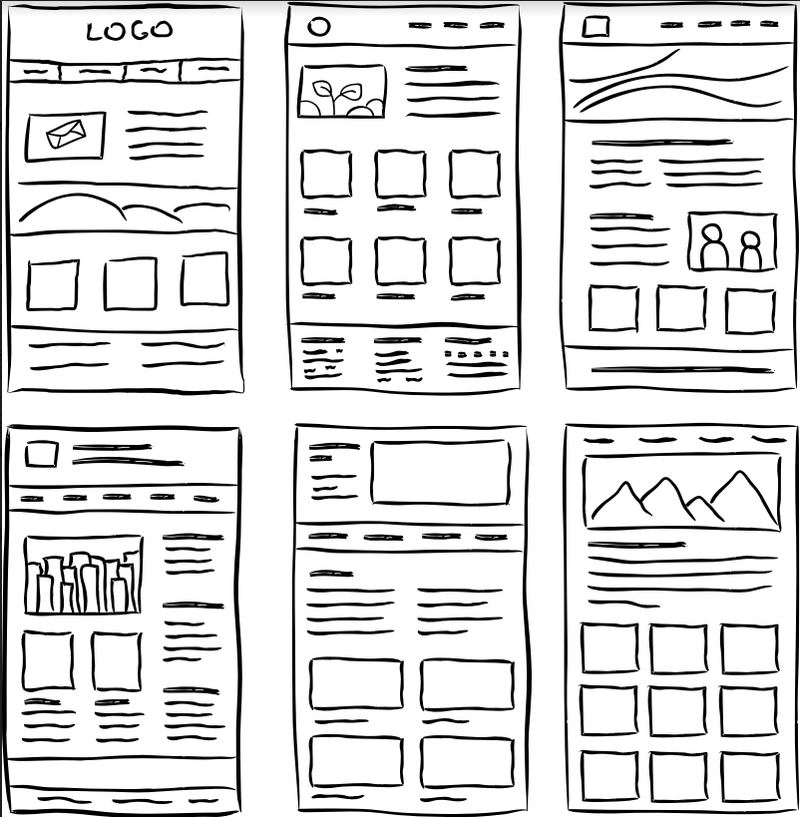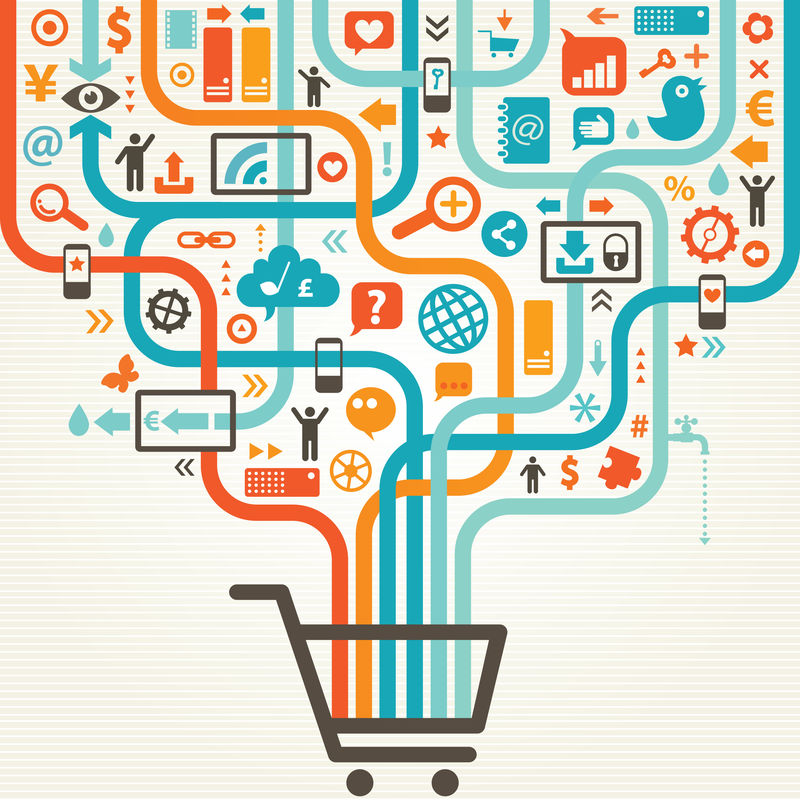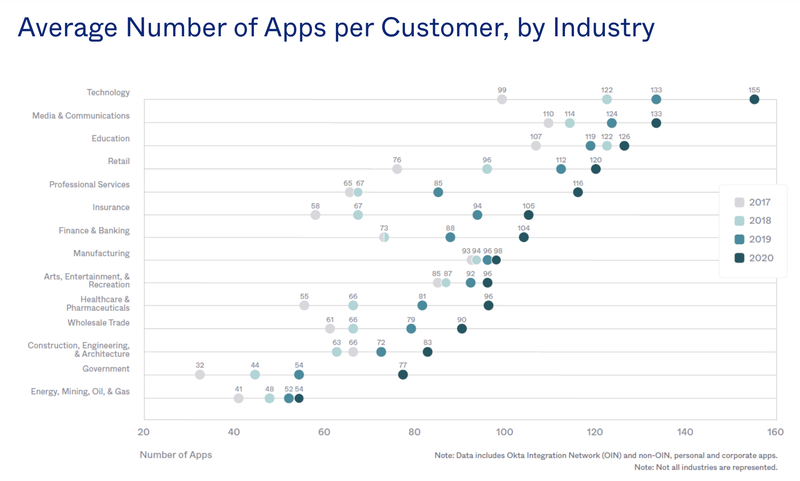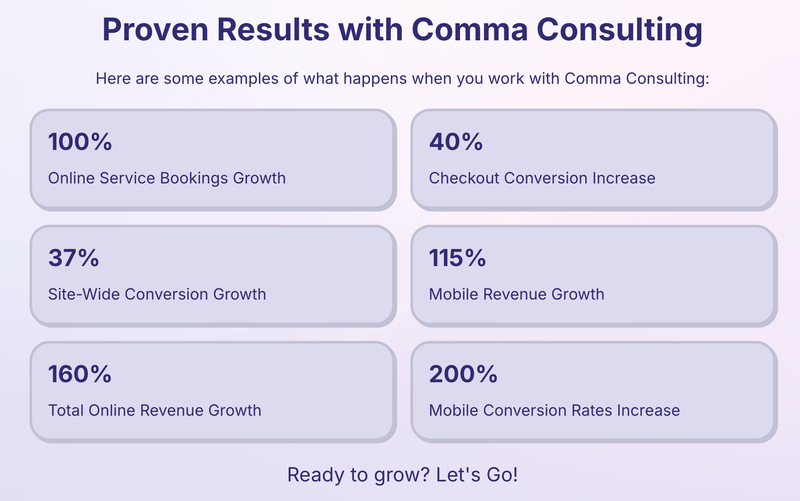
When a business looks to improve the online (and in store) experiences the phrase “Customer Experience Design Planning” creeps into the conversation. And if it doesn’t, it should.
The good news is, this conversation is now being had at the Executive level.
The bad news is, there is confusion as to where the Customer Experience Design Planning process starts/stops and who should lead it.
Put simply, it's a special planning process (for Retail, B2B, Finance, Travel etc…) designed to construct a map of all the experiences (or journeys) needed to match how customers want to be treated when they have a need to fulfil and want to engage.
This customer centric map defines the visual presentation layer (the actual customer touchpoint) as well as the many business layers that sit below it. The Customer Experience Design Planning process is not a matter of creating a visual design and creating content. These are pieces to a much bigger puzzle.
Learn more about this process here.
The crux of the confusion behind the Customer Experience Design Planning process are these deeper business layers needed to work in harmony with the visual presentation layer.
Layer Cake Analogy:
To unpack and demystify this Customer Experience Design Planning topic, consider a Layer Cake where each layer has a role in delivering the overall taste. While each layer is distinct, each contribute in their own way to holistically create an amazing taste experience.

The Customer Experience Design planning process has many similarities.
Layer 1 – The Presentation Layer - the Icing

The icing on the cake is the sexy/visual presentation layer characterised by…
- Visual designs
- Page layouts
- Content*
There are two types of content….
- Content created by the business to assist in selling products and services.
- Content/product information coming from various business systems and supporting applications (such as product inventory availability) - the deeper business layers
While the icing may look great, if the rest of the cake tastes poorly, the icing adds little value in its overall taste.
The planning and execution of this top layer is commonly done wrong due to four influences...
- Decisions are driven by subjective opinions of people in power (within the business)
- Superficial analysis is completed by external parties (Agencies) who focus more on visual aesthetics than customer needs and wants
- The presentation layer is designed with no consideration of the functional behaviours needed from the eCommerce platform
- The presentation layer is designed with no consideration of the content/information which comes from deeper business layers
This is why heavy investment in the top layer delivers low ROI. It's the holistic vision and investment of the multiple layers that is required.
Layer 2 – Wireframes
This may appear to be an usual layer, but it's critical and very few Experience Design practitioners recognise its existence and put it into use.

On a Layer Cake it’s two things….
- It’s the top part of the cake which attaches to the icing
- It’s the shape of the cake - its form
Bakers may want to design a unique shape for a customer. This top cake layer frames the cake to give it shape and forms the basis of its presentation to its intended audience.
Wireframes are similar. They are boxes and circles strategically put together to construct the Experience Design framework. Wireframes hold the shape of the Experience Design Plan which has come from thorough data analysis and planning.
Wireframes are what Design/Creative teams are given as their guide to designing the “Icing Layer” and dictate the functional behaviours of the eCommerce platform.
Layer 3 – the eCommerce Platform
The eCommerce platform is the “experience design enabler” for Layer 1. This technology is the “selling engine” holding all logic and the rules of engagement for the presentation layer.

The eCommerce platform is designed to be the conduit between other existing business systems and the engaging digital touchpoints.
For this reason, the eCommerce platform is designed to connect to these other business systems for the purpose of extracting relevant information and transforming it into an easily digestible way for people.
Any misalignment in how the eComerce platform presents content or how the functional elements behave results in low engagement, poor online sales, and poor in store sales. They all correlate.
Tip: This misalignment is commonly NOT the fault of the eCommerce platform, and is more to do…
- Legacy business systems not designed to speak to modern eCommerce technologies
- The business having a low standard of content
- A presentation layer designed with little consideration for the engagement needs of customers
Layer 4 – Business System Connectivity
This layer is defined as the connections (integrations) between the eCommerce platform to all relevant business systems.
This is the layer responsible for information transfer between all systems.
The effectiveness of this layer comes down to three things...
- Deciding what information needs to move from one system to another
- Deciding how often this information moves (frequency)
- Deciding which system is the “centre of the truth” for specific sets of data
This layer plays an important role in the Customer Experience Design process because it enables experiences across multiple touchpoints, and builds experience continuity from online to physical.
Layer 5 – The Various Business Systems
This layer comprises the various business system/software applications needed to drive the many functions of a business….
- ERP
- Email Marketing
- Order Management
- Etc….
Research in 2020 proves the average number of business applications which can sit in this layer ranges between 54 and 155 and is dependent on the industry: see Figure 1 below.
This research underlies the importance of Layer 4 and the ability to connect these systems in a way they can holistically work together to create great customer experiences.

Conclusion:
If there was one piece of advice for all business leaders reading this article and wonders "What is the first thing I can do to get a Customer Experience Design Plan in motion?"
There are two things the business must do....
#1. Higher a Customer Experience Design Specialist who can lead the business through this planning journey.
#2. Bring your Chief Technical Officer into a room and tell him/her their job title has changed to "Head of Customer Experience".
Hope this helps!
Benefits of working with an eCommerce Expert = Results:
When you work with an eCommerce Expert like Greg from Comma Consulting, these are the types of results you can expect...

Ready to grow? Let's Go! Click here to contact Comma Consulting now.
This article was as tagged as Best Practice , Digital Strategy , eCommerce Consulting , UX Design